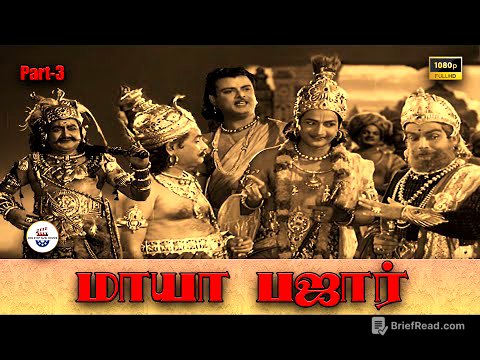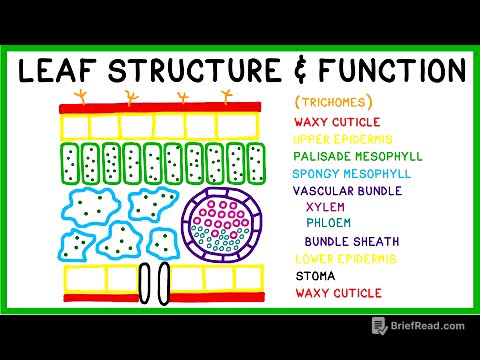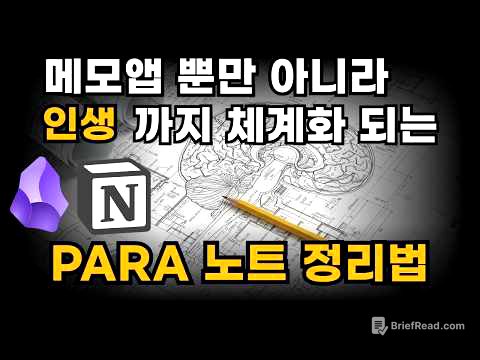TLDR;
This video explores the genius of Jan van Eyck, focusing on his revolutionary technique in oil painting, unparalleled powers of observation, and extensive knowledge of natural sciences, optics, and theology. It highlights how Van Eyck integrated complex optics and spiritual dimensions into his paintings, using reflections and refractions to convey deeper meanings about perception and divine understanding.
- Van Eyck's innovative oil painting technique allowed for transparent and glossy transitions, setting him apart from his contemporaries.
- His keen observation skills enabled him to accurately depict textures, materials, and the behavior of light and water.
- Van Eyck's knowledge, influenced by Arabic scholars like Alhazen, integrated optics and theology, enriching his art with spiritual dimensions.
Introduction [0:13]
Jan van Eyck revolutionized Western art in the 15th century through his unique vision of reality. This vision was built upon three key elements: his innovative painting technique, his exceptional observational skills, and his extensive knowledge across various fields. These aspects combined to establish Van Eyck as a pivotal figure in art history.
Technique: The Innovation of Oil Painting [0:39]
Although Jan van Eyck didn't invent oil painting, he significantly refined the technique. He improved it by adding agents to the oil that accelerated drying and enhanced manageability. This allowed him to achieve both transparent and glossy effects, with smooth transitions. Comparing his work to that of Melchior Broederlam, whose oil painting used an outdated technique with opaque strokes to depict light reflection, Van Eyck's method allowed light to slide away, showcasing a technical innovation that can be considered genius.
Observation: Capturing Reality with Precision [0:49]
Van Eyck possessed an unparalleled power of observation, studying the behavior of light in reality with a pre-scientific approach aimed at understanding nature. His exceptional eye-hand coordination enabled him to translate his observations onto panel with great precision using oil paint. This allowed him to render various textures and materials, including wood carvings, metal alloys, flora, and even water, demonstrating his detailed understanding and ability to capture the nuances of the natural world. A detail in the Ghent Altarpiece, showing water forming concentric circles and splashes, exemplifies his observational skills, which would typically require modern technology to capture.
Knowledge: Integrating Science and Theology [0:31]
Jan van Eyck can be compared to Leonardo da Vinci as a learned artist, or "pictor doctus," in the North. He was knowledgeable in natural sciences, as evidenced by his alchemy experiments with oil and his understanding of optics. Historical sources, including letters from Duke Philip the Good and writings from Bartolomeo Fazio, confirm Van Eyck's erudition and familiarity with ancient authors and the seven liberal arts, particularly geometry. Fazio noted that Van Eyck was skilled in geometry, which, based on artes training, was primarily based on the optics of visual perception.
The Influence of Alhazen and Optics [0:51]
Knowledge in the late Middle Ages was enriched by integrating Arabic knowledge, particularly through the work of Alhazen (Ibn al-Haytham), whose "De Aspectibus" or "Perspectiva" was translated into Latin. Alhazen discussed three modes of perception: direct observation (optics), reflection of light in mirrors, and refraction of light in transparent materials. Theologians in the thirteenth century adopted and Christianized these concepts, adding a spiritual dimension. Pierre de Limoges, for example, connected spiritual vision with optical perception, using Alhazen's insights to explain how humans perceive God through reflections, refractions, and direct perception after the resurrection.
Optics in Van Eyck's Art: Reflections and Refractions [0:19]
Van Eyck integrated complex optics into his paintings, including spiritual layers. In the Arnolfini double portrait, the convex mirror reflects the scene within the painting and the world outside it, integrating the viewer's space. The Knights of Christ panel shows reflections in armor, demonstrating Van Eyck's understanding of reflection in convex materials. The concave shield reflects the windows of the Vijd Chapel, with the image inverted due to the distance from the mirrored surface. Van Eyck also understood refraction, as seen in the rock crystal scepter in the Ghent Altarpiece, where light experiences internal reflection and refraction.
Spiritual Interpretations and Conclusion [0:18]
Refractions in glass and water in Van Eyck's works are associated with spiritual interpretations, symbolizing purity and the Virgin Mary. Van Eyck's genius is evident in his knowledge, observational skills, and innovative technique. Modern high-resolution digital recordings and the restoration of the Ghent Altarpiece allow for better study of his work.









